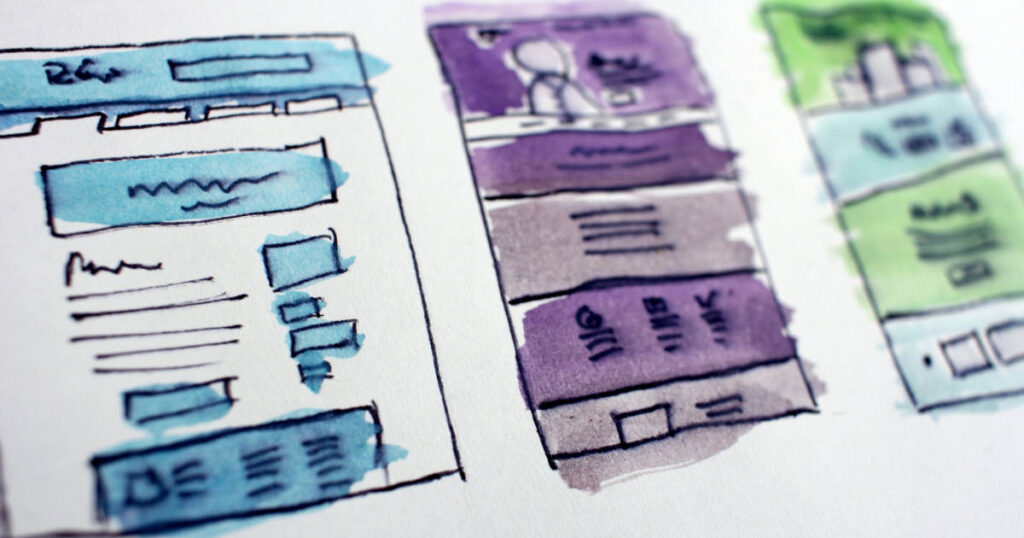If modern businesses want to attract more customers and serve them better to hang on to them longer, they have to be incredibly efficient. But since turning into robots isn’t an option for us (yet), businesses have to eliminate manual and repetitive tasks with automation.
Fortunately, when it comes to managing customer relationships, Salesforce provides you with the right tools. So today, we’ll show you how to use workflows in Salesforce to boost your productivity!
Table of Contents
ToggleA Short History of Workflows in Salesforce
Before looking at how you can use workflows in Salesforce, we must first look at a short history of the tools you’d typically use to automate your processes.
Workflow Rules
Workflow Rules have been used by Salesforce Admins as a best practice for ages. These Workflow Rules contain business logic that allows you to automate a specific business process based on defined criteria. In other words, if the criteria are met, the Workflow Rule will execute a specific action.
Based on this, rules for workflows in Salesforce have two distinct components:
- Criteria. The criteria determine what must be true for the Workflow Rule to execute the action. So, in an if/then statement, the criteria are the “if” part – the triggers.
- Actions. Conversely, the actions are the “then” part in the if/then statement. When the criteria are met, actions define what happens next.
Based on these criteria and actions, you could use Workflow Rules to perform various tasks, including updating fields, sending emails, creating tasks, and sending messages.
You could also specify when these actions would take place. Here, Salesforce executes immediate actions immediately when the criteria are met. In contrast, time-dependent actions are executed at a specific point after a criterion is met.
For example, if a lead schedules a meeting with someone on your sales team through Salesforce Scheduler, workflow automation could change their account status to ‘Warm lead’ and wait 3 hours before sending a follow-up email.
Process Builder for Workflows in Salesforce
Process Builder is a newer, more powerful, and advanced tool that allows Salesforce Admins to build more advanced workflows. In addition to everything Workflow Rules can do, Process Builder also allows admins to create records, update records, launch quick actions, invoke other processes, and more.
Apart from this, Process Builder also improves what Workflow Rules can do. For example, while Workflow Rules can only update some fields on a record, Process Builder can update any fields on any related record. Moreover, Process Builder can also update multiple related reports when one change in a parent record necessitates that all child records be updated.
Another improvement compared to Workflow Rules is that Process Builder gives Salesforce admins the ability to determine the exact order of operations. In other words, they can determine precisely when specific actions should occur. And with Process Builder, admins can define multiple conditions based on their particular circumstances.
What’s Happening with Workflow Rules and Process Builder?
Despite their advantages and the fact that Workflow Rules and Process Builder allow admins to build automations fairly easily, they do pose a few problems, especially when you use one in conjunction with the other. For example, managing your process automations becomes challenging when you use different tools and Salesforce integrations to set them up.
Also, maintaining multiple tools becomes time-consuming. As businesses evolve, their automation requirements to increase efficiency are becoming more complicated. This, in turn, requires more advanced tools.
The problem is that Salesforce currently supports multiple automation tools that allow businesses to make their processes more efficient, which could exaggerate the mentioned challenges. For this reason, and to provide its customers with the best automation solutions available, Salesforce has now decided to retire Workflow Rules and Process Builder to focus on Flow.
Salesforce Flow as an Alternative to Workflows in Salesforce
Salesforce Flow is a no-code tool that allows Salesforce Admins to build complex business automations. Compared to Workflow Rules and Process Builder, it offers more functionality to create complex automations, improved performance, and several additional features.
More importantly, these automations are also easier to maintain because anyone should be able to understand what was built. When Workflow Rules and Process Builder are retired, this will make Flow the most powerful automation tool that Salesforce admins can use to optimize their process efficiency.
The Building Blocks of a Salesforce Flow
When building Flows in Salesforce, you’ll use three core building blocks – Elements, Connectors, Resources – in different combinations depending on what you’re making.
Elements
Elements represent the individual building blocks of every Flow. You can use several elements depending on the type of Flow you’d like to create or work with. These include:
- Interaction elements. There are a few interaction elements that you can use when a user needs to interact with data or when you need to collect information from the user. These include, for instance, Screen elements that display a screen with information to a user or an Action element that allows the passing of data to another action.
- Logic elements. These elements contain the business logic of the Flow, determining what actions will be performed depending on the data provided or actions performed by the user. The elements include Decisions, Assignments, and Loops.
- Decisions allow admins to split the flow depending on the data fed to the flow.
- In turn, Assignments give values to variables in the Flow.
- Loops facilitate the handling of several variables at a given time through collections.
- Data elements. As the name implies, these elements allow admins to work with data in a Flow and are typically used whenever it’s necessary to edit any data in Salesforce. As such, these elements provide the ability to Create, Update, Get, or Delete records.
Connectors
Connectors connect the different elements in a flow and determine the path the Flow will take depending on the inputs and data. There are different types of connectors that you can use depending on the outcome you’d like.
For example, the default connector determines which element will be executed next in the flow. In turn, the Decision connector determines which element will be executed when a set of criteria are met. These are only two examples; as mentioned, there are many others.
Resources
Resource elements are the individual pieces of data or values that you’ll use in the Flow. These resources include:
- Variables. Variables are where you’ll store the data that you’ll use in your Flow. These variables can include everything from text, numbers, Boolean, currencies, and more.
- Constants. In contrast to variables that can change over time, Constants allow you to store data that you won’t change. They’re ideal if you want to use a constant value throughout your flow.
- Collections. Collections are simply a group of variables that you store together. You’ll typically use them when you’d like to process multiple values simultaneously.
- Formulae. These elements display a dynamic value based on your flow’s other elements and data. You’ll typically use these elements when you make calculations during your Flow.
- Choice. When a user needs to choose a screen component, you’ll use the choice elements. As such, they include elements such as radio buttons, pick lists, and the like.
Building a Flow
Now that we’ve seen Flow and its main building blocks, let’s look at how you would build your own flow in Salesforce. When doing this, you’ll first model the process you’d like to automate to establish the distinct steps the workflow follows and their sequence.
Once you’ve modeled the process, you can start building the flow in the Flow Builder:
- Go to Setup and, in the Quick Find box, enter Flows. In the list that appears, you’ll select Flows and click on New Flow.
- You’ll then choose the type of flow you’d like to use, depending on your goal. Once you’ve made your choice, you’ll click on Next.
- You’ll then add the elements you want to use to the canvas.
- With your elements added, you’ll need to connect them to determine the sequence in which they’ll be executed. (Keep in mind, however, that this is only required when you’re building your flow free-form. When you use auto-layout, these connectors will be automatically created for you.)
- Once done, you can go ahead and save your flow.
Once you’ve built your flow using the steps above, you should also test it to ensure it works. If it does, you can activate it for your team!
Start Automating Your Workflows Today!
Make your processes as efficient as possible and help your team focus more on what they do best: providing exceptional customer service, no matter the department. Yes, you’ll need to automate some of your workflows to get rid of routine tasks, but Salesforce has the tools to help. And with the announcement of the no-code Flow, automating your workflows in Salesforce has never been easier!



